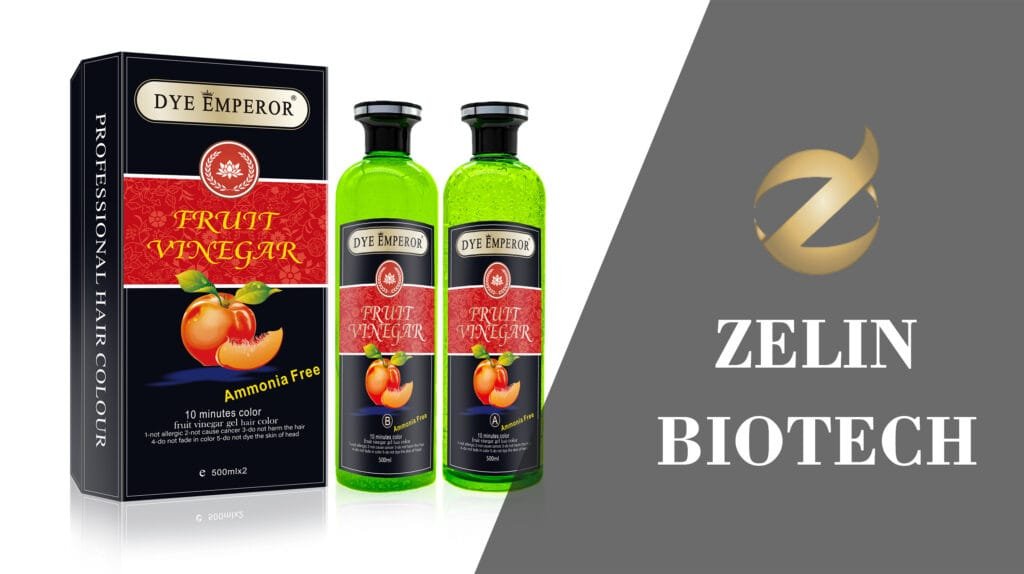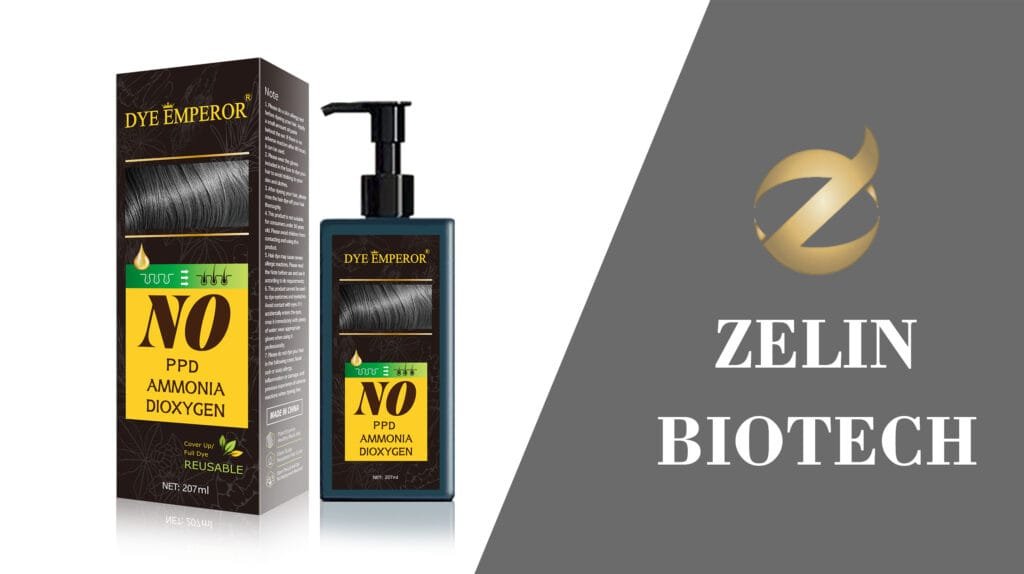The desire for a more natural approach to beauty has many of us looking in our own kitchens for hair care solutions. From covering the first grays to seeking a subtle new look without harsh chemicals, the topic is incredibly popular.
This guide offers an honest, in-depth look at how to dye your hair naturally at home. We’ll explore the process for each common method, their realistic outcomes, and the critical limitations you need to understand before you begin.
Lightening Hair: How to Dye Your Hair Naturally with Lemon & Chamomile
If you’re looking to add subtle, sun-kissed highlights, these are the go-to natural options.
Lemon Juice: The citric acid in lemon juice, when activated by heat (like sunlight), can open the hair cuticle and lift a small amount of melanin.
Process: Mix fresh lemon juice with water in a spray bottle, spritz onto hair, and sit in the sun for 1-2 hours.
Realistic Outcome: This method produces very subtle highlights, primarily on naturally light brown or blonde hair. It will not turn dark hair blonde. The results are permanent as it strips pigment, but can also be drying and damaging to the hair cuticle over time.
Chamomile Tea: Known for its gentle, calming properties, chamomile contains pigments that can impart a faint golden hue.
Process: Steep a strong batch of chamomile tea, let it cool completely, and use it as a final hair rinse after washing.
Realistic Outcome: This provides a very temporary, mild golden tint to light-colored hair. To maintain the effect, you must repeat the process weekly. It will not noticeably lighten hair or cover grays.
Darkening Hair: How to Dye Your Hair Naturally with Coffee & Sage
For those wanting to add depth to brown hair or subtly darken grays, coffee and sage are often recommended.
Coffee: The dark pigments in coffee can act as a temporary stain on the outer layer of the hair shaft.
Process: Mix strong, cooled brewed coffee with conditioner and a spoonful of coffee grounds. Apply to clean, damp hair, let it sit for an hour, then rinse.
Realistic Outcome: Expect a very temporary, sheer brown tint that may wash out in 1-2 shampoos. This method is incredibly messy and offers zero reliable gray coverage; it may slightly stain grays, but won’t make them blend seamlessly.
Sage: This herb has been used for centuries to gradually darken hair.
Process: Steep dried sage in boiling water for at least 30 minutes. Cool and apply the liquid to hair, letting it sit for an hour before rinsing.
Realistic Outcome: With repeated weekly applications, sage can gradually build up a darker stain on the hair. However, the results are inconsistent and the gray coverage is minimal and unpredictable.
For Red Tones: Henna, Carrot & Beet Juice
Henna is the most potent of all DIY dyes, while vegetable juices offer a temporary hint of red.
Henna (Lawsonia inermis): This is a true, permanent natural dye. The lawsone molecule in henna bonds with the keratin in hair, imparting a permanent red-orange stain.
Process: Mix henna powder with an acidic liquid (like lemon juice), let the paste sit for hours to release the dye, then meticulously apply it to hair. The paste must stay on for 4-8 hours.
Realistic Outcome: Henna provides vibrant, permanent red-orange tones. It cannot lighten hair. The final color is highly dependent on your starting hair color and can be unpredictable. Crucially, applying chemical dyes over henna can cause disastrous chemical reactions.
Carrot & Beet Juice: These provide a temporary reddish wash of color.
Process: Mix the juice with a carrier oil like coconut oil, apply to hair for an hour, then rinse.
Realistic Outcome: This gives a very subtle, temporary reddish or auburn tint that lasts a few washes. It is known to stain skin and bathroom surfaces easily.
The Honest Truth: Limitations of DIY Natural Hair Dye
While the journey of learning how to dye your hair naturally can be a fun experiment, it’s crucial to understand where these methods fall short, especially when consistent, effective results are the goal. For individuals—and especially for salon professionals and brands—these limitations create significant challenges.
1. Unpredictable & Weak Results: With the exception of henna’s permanent red, most DIY methods provide a weak, translucent stain rather than an opaque color. Results vary wildly based on hair porosity, existing color, and application technique.
2. Zero to Poor Gray Coverage: This is the biggest failure of most DIY dyes. Coffee, tea, and sage may slightly stain gray hair, but they cannot provide the opaque, uniform coverage needed to truly blend or cover grays.
3. The Mess & Time Commitment: Preparing and applying these mixtures is extremely messy. Worse, the development time is prohibitive—often requiring 4+ hours of sitting with a mud-like paste (henna) or repeated weekly applications.
4. Inability to Lighten Hair: Natural methods can only deposit color or, in the case of lemon juice, provide very minimal lift. They cannot achieve any significant lightening effect.
The “New Natural”: When Plant-Based Science Meets Performance
Consumers want “natural,” but they demand performance. They want plant-based ingredients without sacrificing predictable results, 100% gray coverage, and convenience. This is where advanced formulation science comes in.
At Zelin Group, we engineer high-performance hair color that bridges this gap. By combining the best of nature with cutting-edge cosmetic science, we empower brands to deliver the “natural” products their customers are searching for, without the DIY drawbacks.
How Our “Clean-Tech” Formulas Solve the DIY Problem:
From Unpredictable to Reliable: Forget inconsistent stains. Our professionally formulated PPD-free and ammonia-free systems deliver precise, true-to-tone color in just 30 minutes, ensuring predictable and beautiful results every time.
From Poor to Perfect Gray Coverage: Our advanced formulations are designed to provide up to 100% coverage for even the most resistant gray hair, creating seamless, natural-looking results.
From Mess to Manageable: We’ve replaced messy powders and dripping liquids with sophisticated, easy-to-use cream bases. Our easy-to-use Henna Color Creams offer the benefits of henna in a stabilized, non-drip, professional format.
From Limited Options to Full Customization: Your brand is unique. We offer fully customizable formulas, allowing you to create a specific hair dye line that meets your exact brand ethos and customer needs.
Launch Your Own “Natural-Adjacent” Hair Color Line
Partner with us to capture the lucrative “clean beauty” market. Our private label portfolio includes:
High-Performance Vegan Formulas
Nourishing Plant-Based Color Masks
Ready-to-Use Henna Color Creams
Ammonia-Free Herbal Hair Dye Systems
Stop compromising. Contact Zelin Group today to learn how our formulation expertise can help you launch a hair color brand that is both naturally inspired and professionally trusted.
Frequently Asked Questions About Natural Hair Dye
1. Is henna really 100% safe for everyone?
While pure henna is natural, it can still cause allergic reactions in some individuals. More importantly, many products marketed as “henna” contain metallic salts or other chemicals (including PPD) to create different shades, which can be dangerous and react severely with traditional hair dye. Using a professionally formulated, lab-tested henna-based cream is a much safer alternative.
2. When learning how to dye your hair naturally, can any method actually cover stubborn grays?
True DIY methods like coffee or tea cannot. They only stain the surface. To achieve real gray coverage, a formula needs to be able to gently open the hair cuticle to deposit color inside. Our plant-powered, ammonia-free formulations are specifically engineered to do this effectively, providing complete and lasting gray coverage.
3. What does ‘plant-based’ hair dye actually mean?
“Plant-based” refers to formulas that prioritize a high percentage of ingredients derived from plants, such as herbal extracts, oils, and butters. In our advanced formulas, these ingredients work alongside safe, proven coloring agents (that are PPD-free and ammonia-free) to deliver professional results with a gentler, more nourishing profile than traditional dyes.



